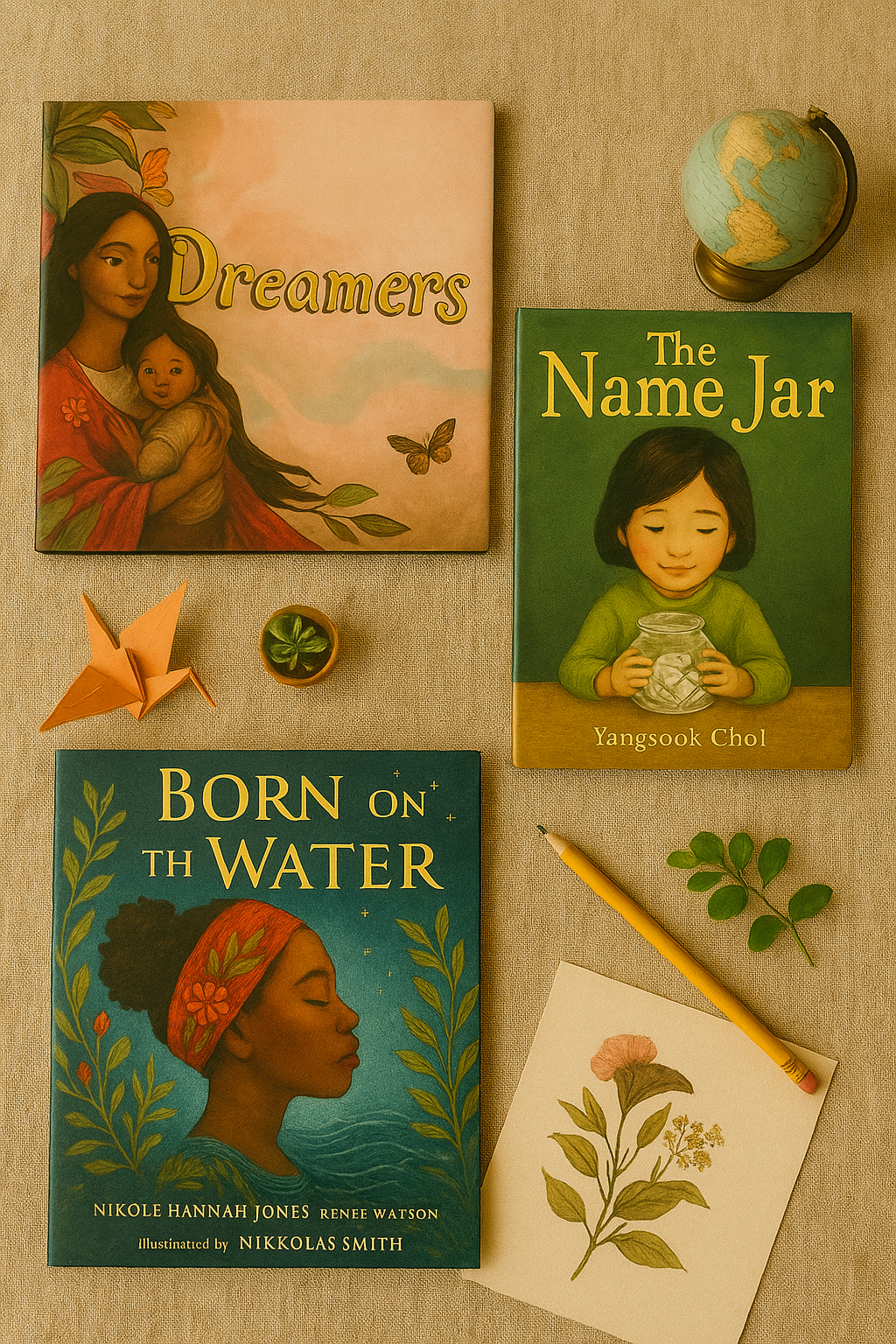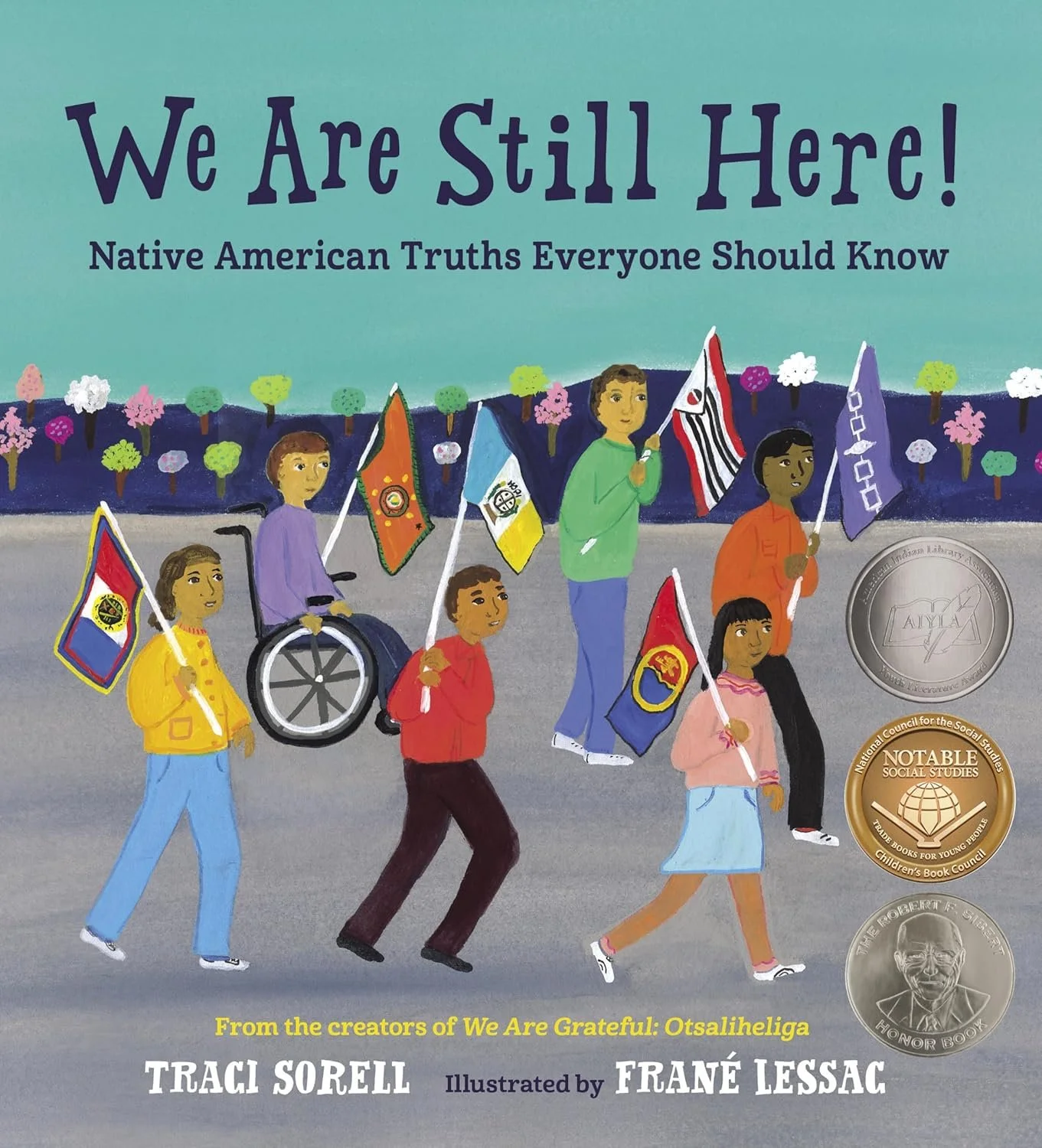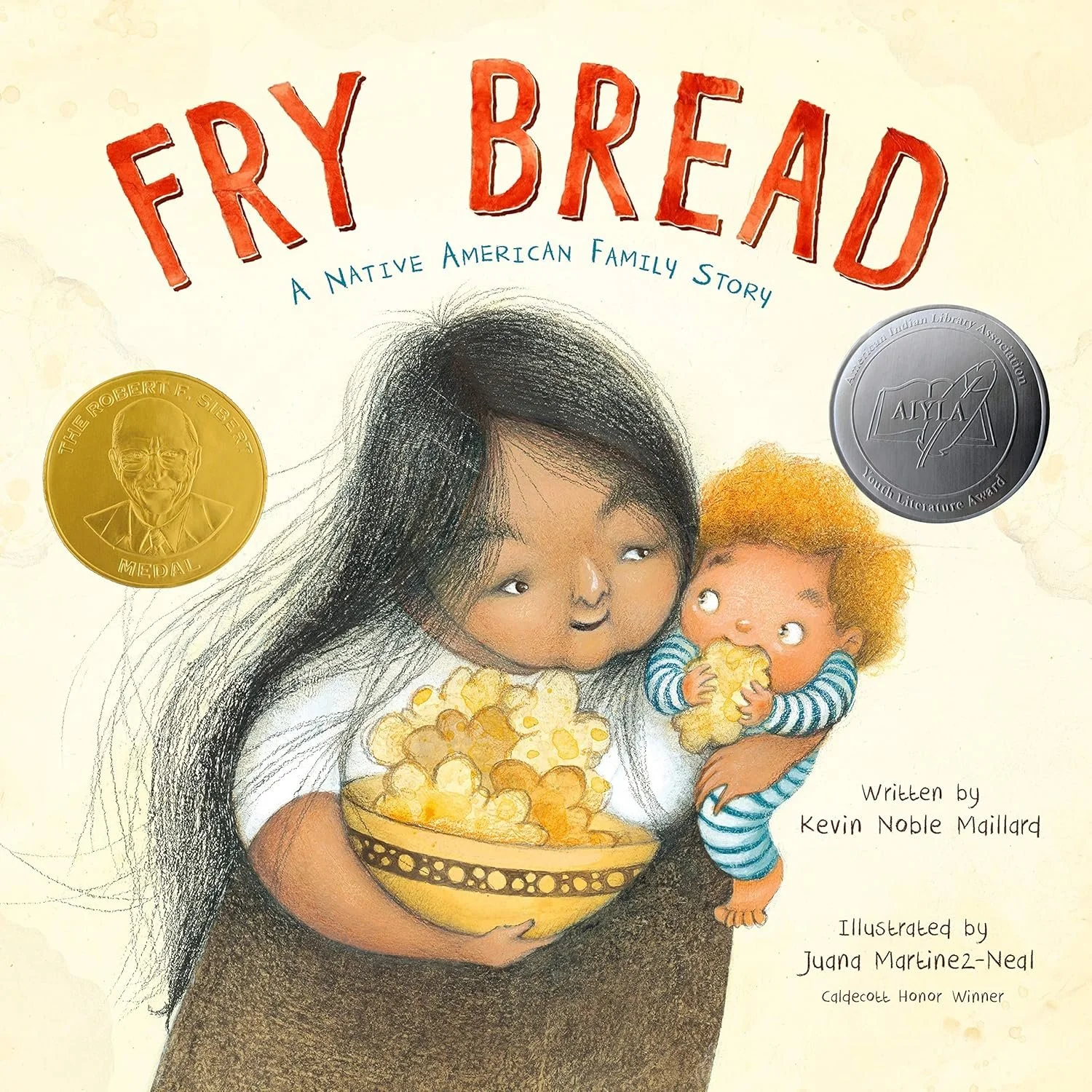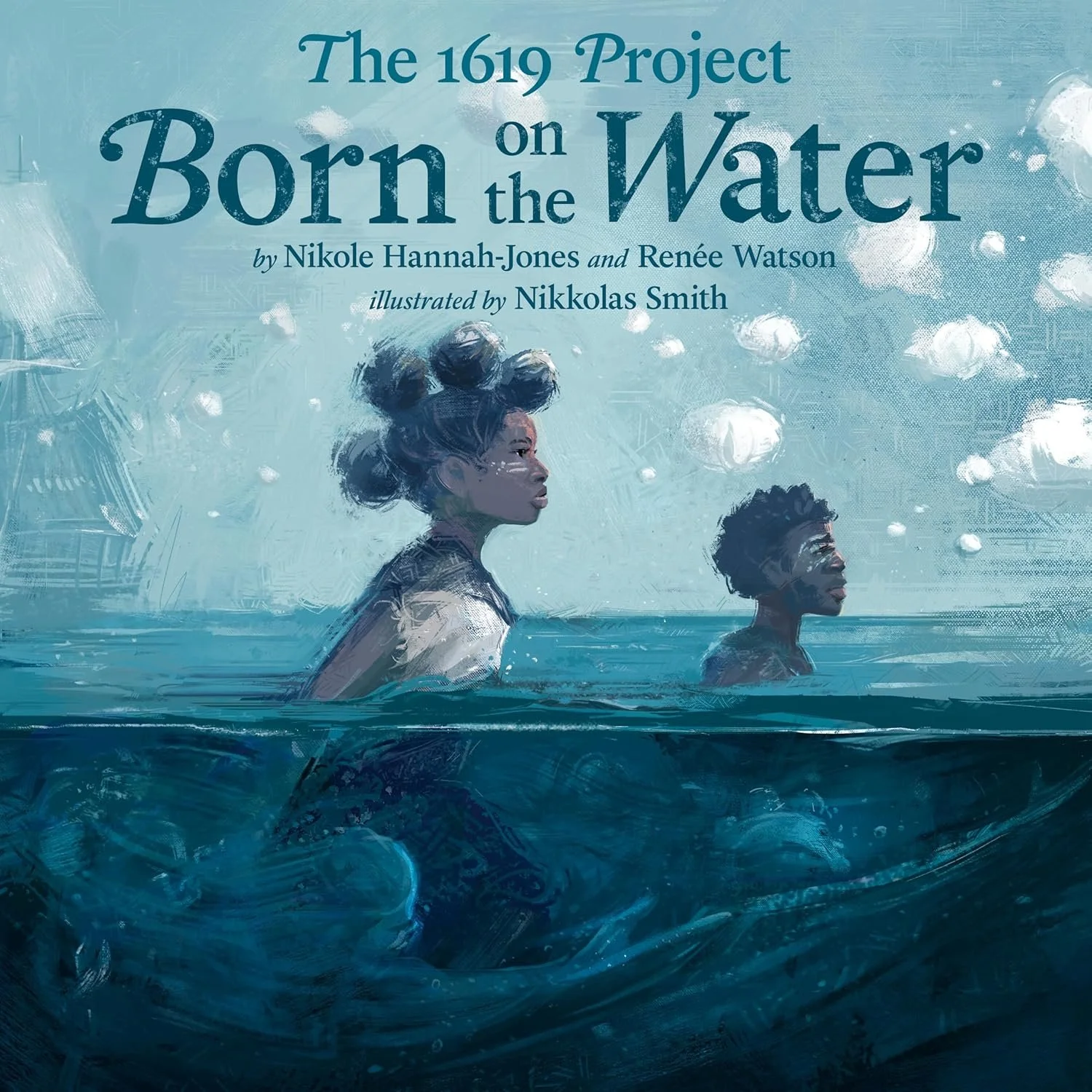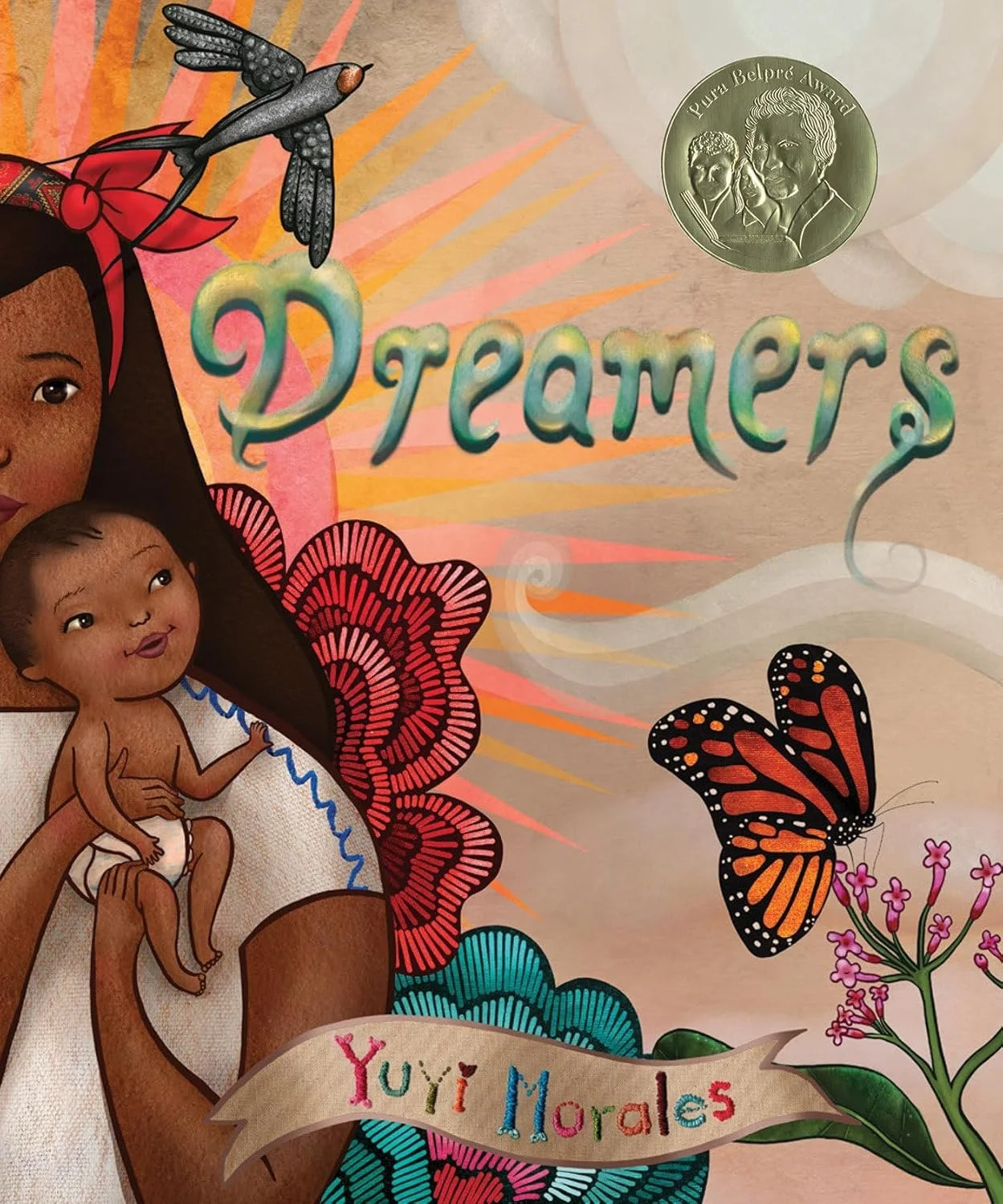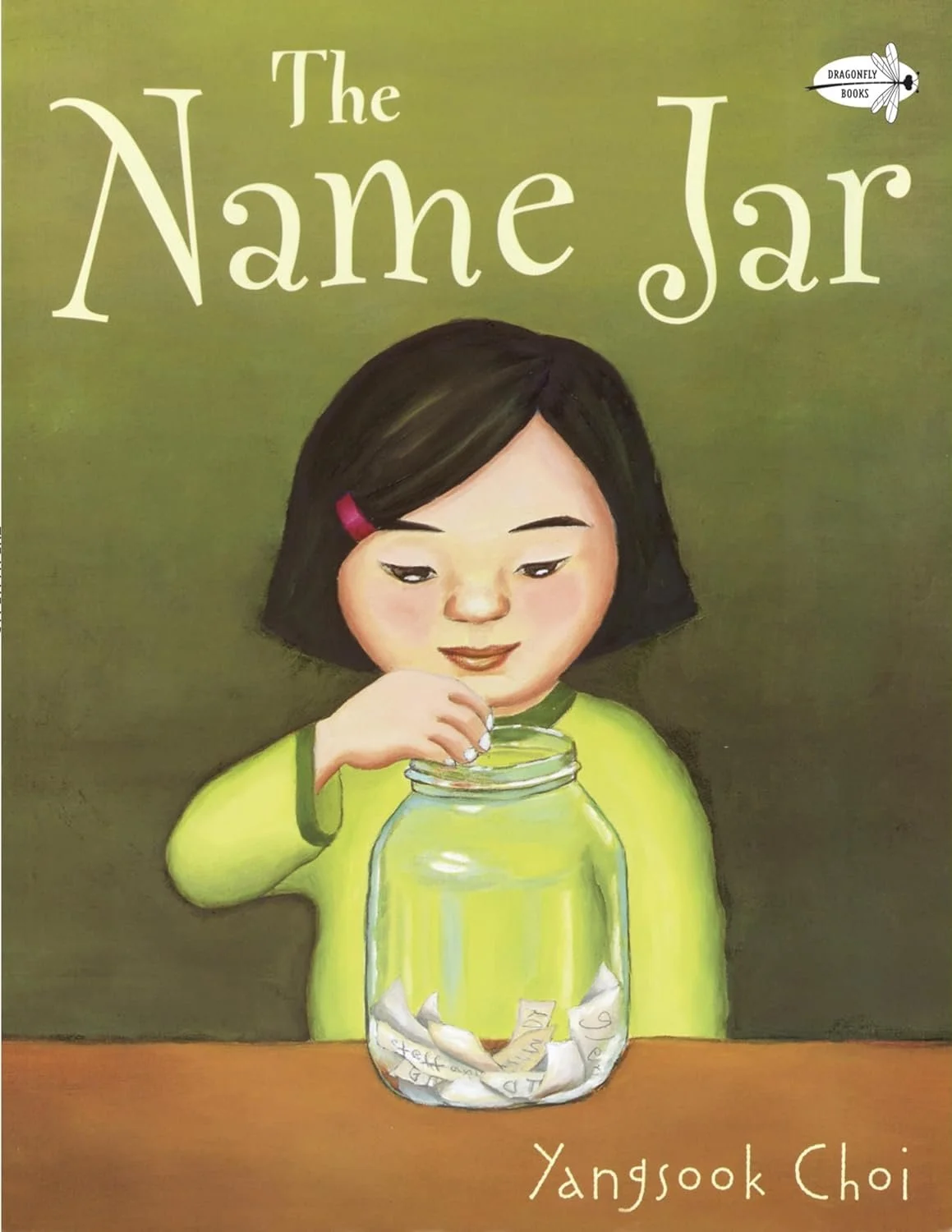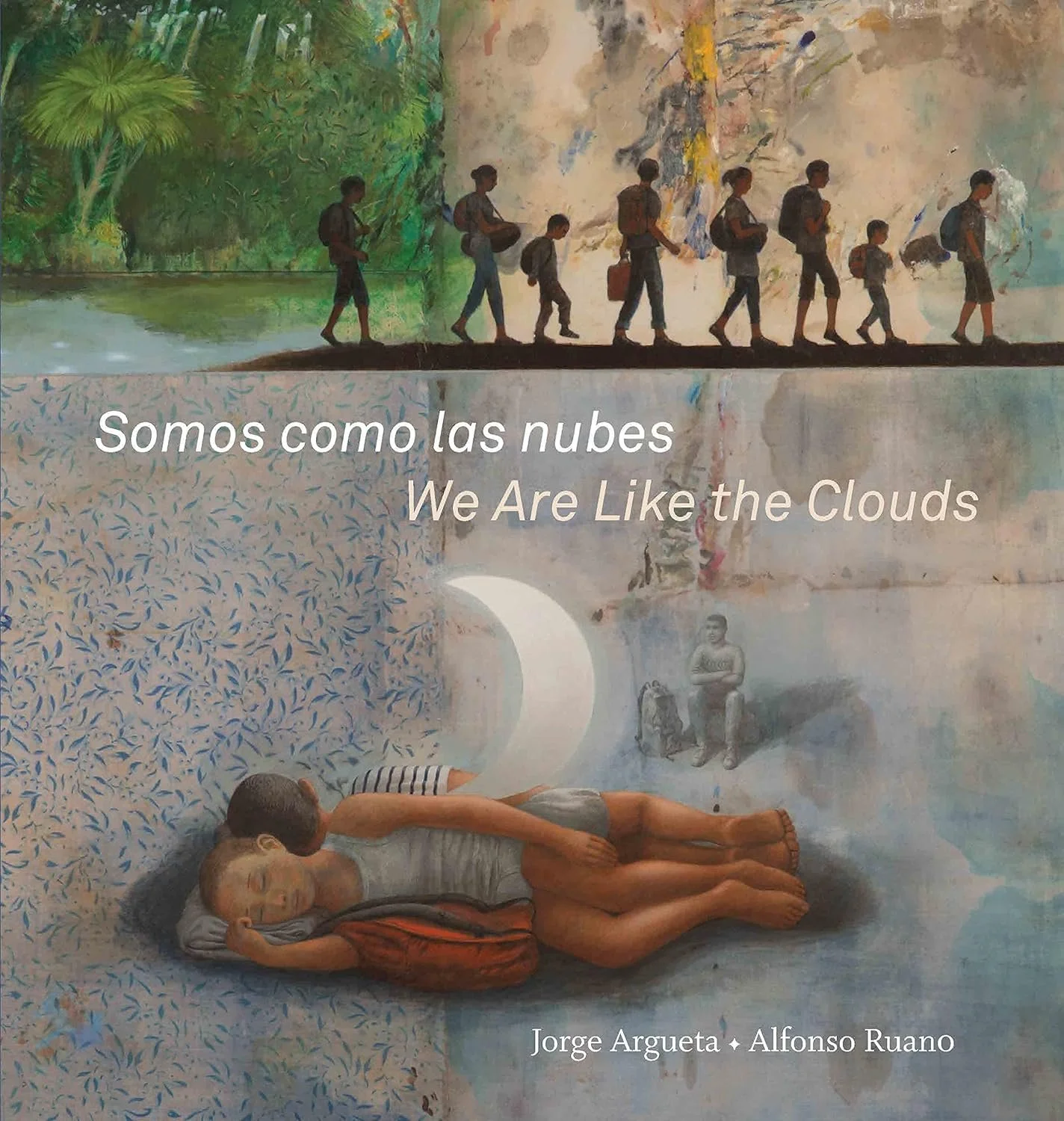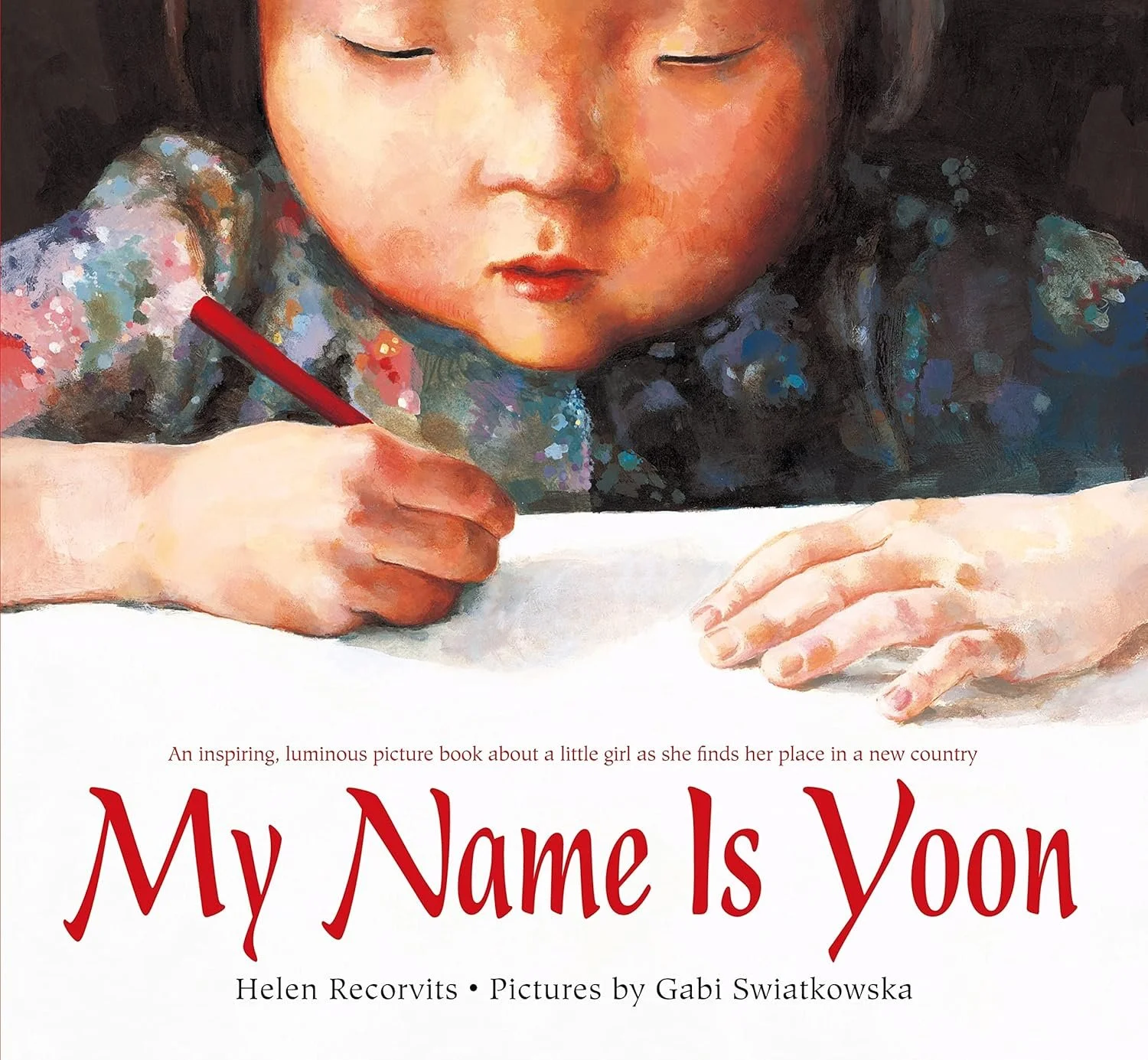📚 What Does “Home” Mean? Helping Kids Explore Immigration, Belonging, and the Full Story of America
What does it mean to find a home?
To leave one behind?
To live on land your ancestors cared for long before it had borders?
Or to be brought somewhere in chains, yet still shape its very foundation?
These are big questions — and they’re the heart of what it means to talk honestly with children about America’s history and identity. Social justice conversations with kids don’t always start with the news. Sometimes, they start with stories. With picture books. With questions like:
“Where are your people from?”
“Who was here first?”
“Why do people leave their homes?”
And, “What does it mean to belong?”
Why Picture Books Matter in Social Justice Conversations
Books give children a safe way to enter big topics. Through story, they can feel empathy, connect with experiences outside their own, and ask questions that lead to growth. When it comes to immigration and the building of America, we owe kids the truth — in all its complexity and humanity.
Here are 7 powerful picture books that help introduce kids to themes of immigration, identity, Indigenous sovereignty, Black history, and belonging:
📖 "We Are Still Here! Native American Truths Everyone Should Know"
by Traci Sorell
Told through a classroom of Native students giving presentations for Indigenous Peoples’ Day, this book is a powerful introduction to the history and continued presence of Native Nations. It corrects the myth that Indigenous peoples are part of the past — they are present, sovereign, and vibrant.
📖 "Before She Was Harriet"
by Lesa Cline-Ransome
This poetic biography invites children to see Harriet Tubman not just as a conductor of the Underground Railroad, but as a daughter, nurse, leader, and woman of deep conviction. It honors her humanity and opens up a broader understanding of Black resistance in American history.
📖 "The 1619 Project: Born on the Water"
by Nikole Hannah-Jones and Renee Watson
Part of The 1619 Project and written in verse, this book begins with a child who’s asked about her family’s origins. When she doesn’t know, her grandmother tells the story of their people, taken from Africa, brought across the Middle Passage, and how they created culture, joy, and power despite unimaginable pain. It’s a rich entry point to understanding the Black experience in America.
📖 "Dreamers"
by Yuyi Morales
A tender, true story of a mother and child who immigrate to the U.S. from Mexico. With lyrical language and dreamy illustrations, it explores the emotional reality of immigration — leaving behind, starting over, and discovering hope in new places, especially through books.
📖 "Somos como las nubes-We Are Like the Clouds"
by Jorge Argueta
This bilingual collection of poems centers on the experiences of children fleeing violence in Central America. The tone is gentle yet honest, full of emotion and imagery that invites readers to understand migration through a child’s eyes..
📖 "My Name Is Yoon"
by Helen Recorvits
Yoon has just moved from Korea to the United States, and she doesn’t like how her name looks in English. In school, she tries out new names that feel more familiar—but none of them fit like her own. This beautifully illustrated story captures the emotional layers of immigration, identity, and language, especially for young children navigating a new culture.
Why This Matters
America was not built by just one group of people — and it certainly wasn’t empty land waiting to be claimed. It was shaped by Indigenous peoples whose sovereignty remains strong today. By enslaved Africans whose labor was stolen but whose culture, brilliance, and leadership shaped every part of this nation. By immigrants who arrived full of dreams — or forced to flee for survival. And by children who are still learning what “home” really means.
When we share diverse stories with kids, we’re not just “teaching history” — we’re building empathy, truth, and justice from the ground up.
Want to Keep the Conversation Going?
Try this:
Create a reading corner at home or school with these titles.
Ask kids open-ended questions after each story:
“How do you think they felt?”
“What would you do in their shoes?”
“What does ‘home’ mean to you?”Encourage kids to share their own family stories — where they’re from, how they got here, and what makes them feel they belong.
📚 Because every child deserves to see themselves in stories — and to understand the stories of others.

